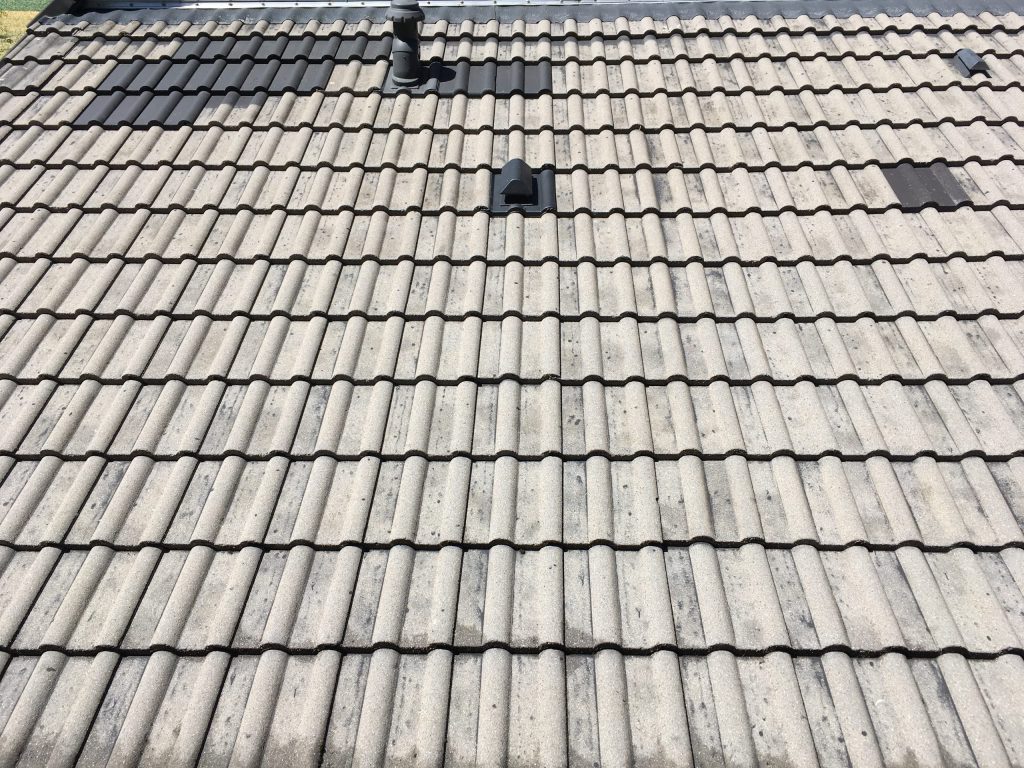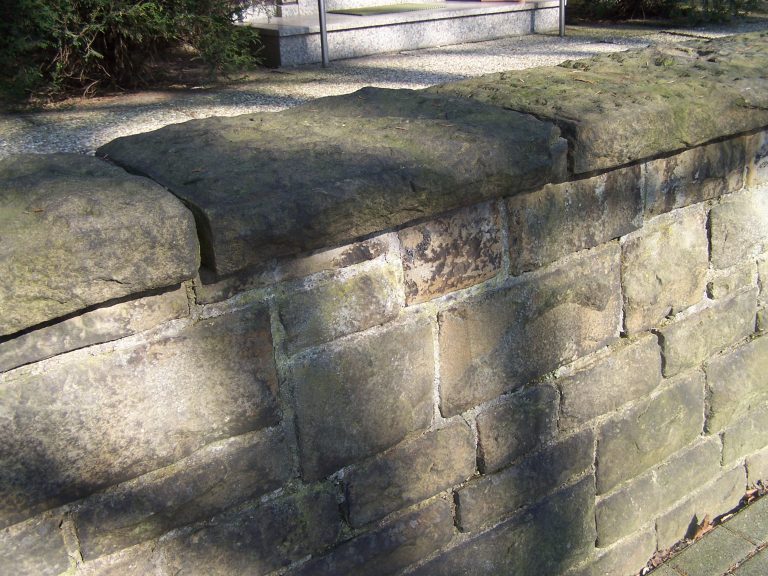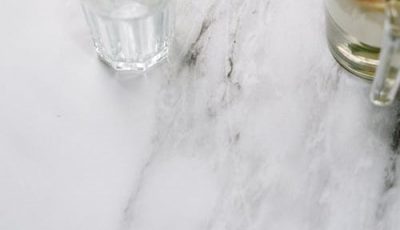Mineral surfaces

Mineral surfaces
Nanotechnology on mineral substrates
Mineral Substrates:
Concrete, natural stone, marble, granite, ceramics, glass, etc.
Structural damage due to moisture
The penetration of moisture into the pores and capillaries of mineral surfaces can cause weather damage through frost or corrosion of the steel reinforcement. The penetrating moisture can lead to blooming and salt leakage. In addition, alkali aggregate reactions as well as penetrated water can lead to frost damage.
Advantages of Interlotus StoneProtect®
Interlotus StoneProtect TW (deep penetration) gives a significant reduction of water absorption (hydrophobisation) in absorbent, mineral substrates due to its good penetration property, based on the nanoscale silanes.
Structural damages due to acid rain, salt seepage, efflorescence, frost damage and corrosion is prevented, because the water can no longer penetrate deep into the structure of the building material. Long-term damage such as the alkali-silicate reaction can no longer take place without moisture.
Interlotus coating systems
1. Interlotus Stone Protect®
The IL-silanes and -siloxanes, which are only a few nanometres in size, form a chemical, covalent bond inside the structural components in the capillaries.
2. Conventional coatings
Conventional paint particles adhere to the surface only by adhesion
Depth effect with nanotechnology
1. Real penetration depth effect
Due to its small size (1 nm), InterLotus StoneProtect TW can penetrate deep into the building material. There it chemically bonds with the building substance and hydrophobises the structure.
2. Corrosion protection
Chlorides and other aggressive ions can no longer migrate or be transported by moisture to the steel reinforcement.
3. Comparison with conventional coatings
This coating-particles are a hundred times larger than InterLotus nanosilanes. Therefore they cannot penetrate into the capillaries & pores.



InterLotus StoneProtect®
The ETC®-effect can be applied on different mineral surfaces, such as: Sandstone brick, clinker brickwall, concrete pavement stone etc.
Surfaces treated with InterLotus StoneProtect ETC® (Easy-to-clean) have a water and oil repellent effect and a dirt repellent effect.
Dust and dirt no longer adhere well to the surface and are washed off by rain. In addition, the formation of moss and fungal growth is greatly reduced. We recommend applying a deep hydrophobic treatment with Interlotus StoneProtect® TW beforehand to obtain additional protection against weather damage.
Deep hydrophobic treatment
Terracotta:
Freezing Damage
Flowerpot:
Moisture in the structure freezes, expands and the consequences are: Cracks and spalling.
The advantages of Interlotus StoneProtect ETC® coating are the resistance of the mineral substrates. Protection against weather damage
Interlotus StoneProtect® on concrete slabs – making them slip-resistant and keeping them free from weather damage & dirt. The transparent-coloured, coated concrete slabs are clean and free of damage even after 5 years.
Especially in shady and wet areas, stone surfaces become dirty and overgrown more quickly. Interlotus StoneProtect® protects against this. The ETC-effect makes these surfaces easier to clean.
Interlotus StoneProtect®
Interlotus StoneProtect® on natural stone, concrete and paving stones keeps the
surfaces free from weather damage, growth and dirt
1. paving stone 2. concrete slabs
A. unbeschichtet B. coated
Concrete slabs as a sample surface
Concrete slabs walkway after 5 years of weathering – left coated, right uncoated
InterLotus StoneProtect ®
Interlotus Stone Protect® on natural stone – free from fouling, weather damage & dirt after 10 years.
Natural stone walls coated with Interlotus Stone Protect® in the shade under trees after 10 years of outdoor weathering.
The wall is still clean and free from weather damage.
Marble / Granite
Marble and granite are open-pored and sensitive to staining.
The use of Interlotus StoneProtect® prevents the formation of stains.
Granite with staining – uncoated
Concrete pavement after 5 years of weathering – left coated, right uncoated
Terracotta
Weather damage due to moisture
Diffusing moisture freezes, expands and the consequences are: Cracks and spalling.
Terracotta can also be protected against moisture penetration by Interlotus StoneProtect® TW + ETC. Damage due to frost is minimised or prevented, depending on the structural material.

































